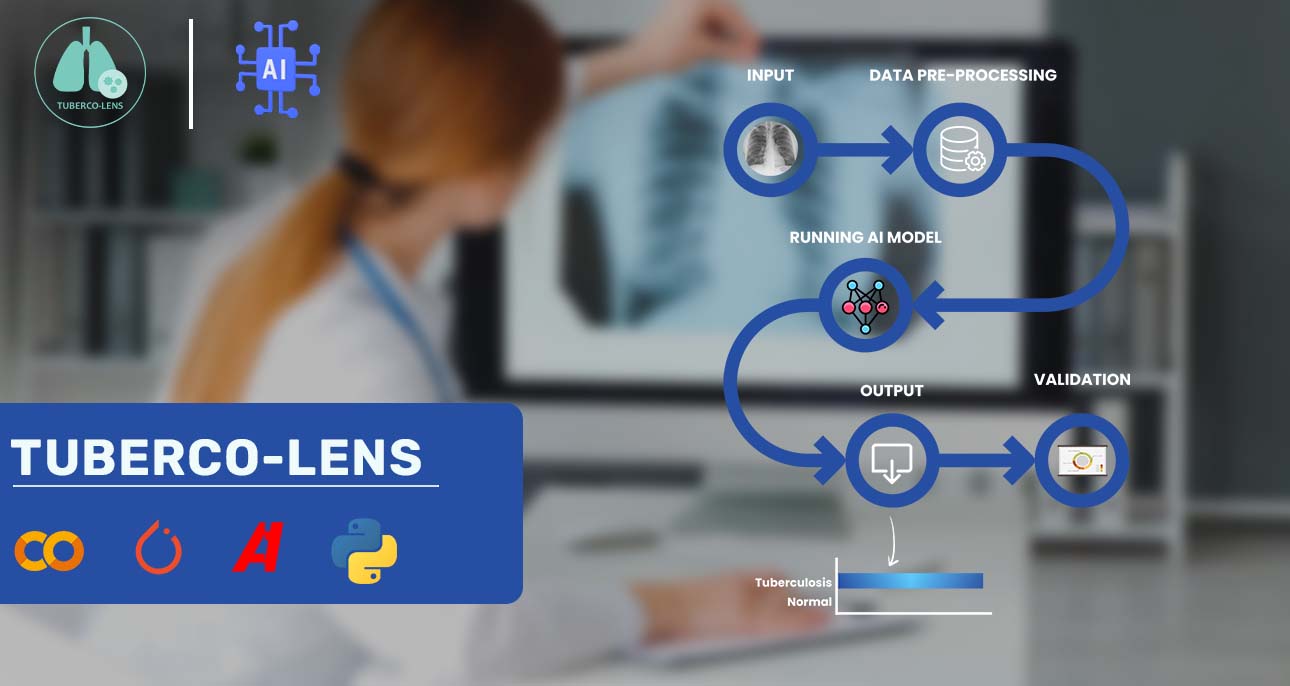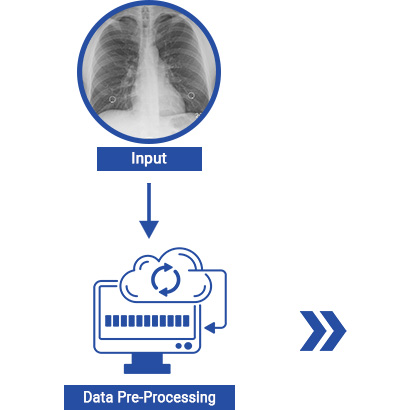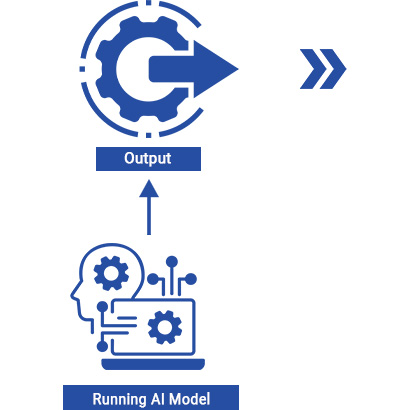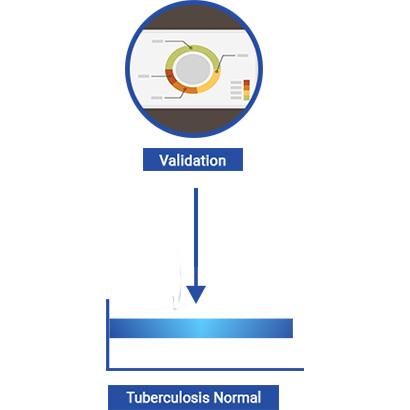Revolutionizing medical diagnostics, our AI technology harnesses deep learning to scrutinize chest X-ray images, distinguishing tuberculosis (TB) cases with unparalleled efficiency. By meticulously analyzing subtle patterns indicative of TB presence, the model reliably identifies TB-infected individuals from normal cases, facilitating prompt and accurate diagnosis. Through its advanced algorithms, it not only aids clinicians in expedited decision-making but also potentially curtails the spread of TB by enabling early intervention. This groundbreaking innovation marks a significant leap forward in healthcare, offering a non-invasive and swift method for TB detection.

ith its ability to process vast amounts of data rapidly, our AI technology streamlines diagnostic workflows, enhancing healthcare systems' capacity to handle TB screening efficiently. Embracing this technology promises to revolutionize TB management, fostering timely treatments and ultimately saving lives.



By employing our deep learning model for accurate TB classification, healthcare professionals can make informed treatment decisions, bolstering patient management and outcomes. Early detection facilitated by our model mitigates TB transmission, amplifying treatment efficacy and curbing healthcare expenditures. Through the reduction of misdiagnosis rates, our approach fosters cost-effective healthcare delivery, as prompt treatment initiation leads to both financial savings and optimized resource allocation, ensuring better healthcare access for all.
In regions with limited resources and high TB prevalence, diagnosing tuberculosis can be arduous and time-consuming. This challenge is exacerbated by imbalances in available datasets, such as the one used in this study, which featured 3500 normal chest X-ray images compared to only 700 TB-affected images. Despite these hurdles, our AI technology offers a promising solution by leveraging deep learning to discern TB cases from normal X-rays swiftly and accurately. By addressing the imbalance in data, our model demonstrates its robustness in identifying TB-infected individuals, thereby aiding clinicians in resource-constrained settings to expedite diagnosis and treatment initiation, ultimately improving patient outcomes and curbing the spread of the disease.
In the first step, X-ray images of affected lungs are gathered as input. To mitigate dataset imbalances, step two involves employing image augmentation and focal loss techniques to balance the dataset. Following dataset preparation, step three utilizes an AI deep learning model to analyze and process the images. Finally, in step four, the output of the model provides a clear indication of whether the lungs are affected by tuberculosis or not. This systematic approach, from data collection to model output, streamlines the diagnostic process and enhances the accuracy of TB detection, contributing to more efficient healthcare delivery and improved patient outcomes.